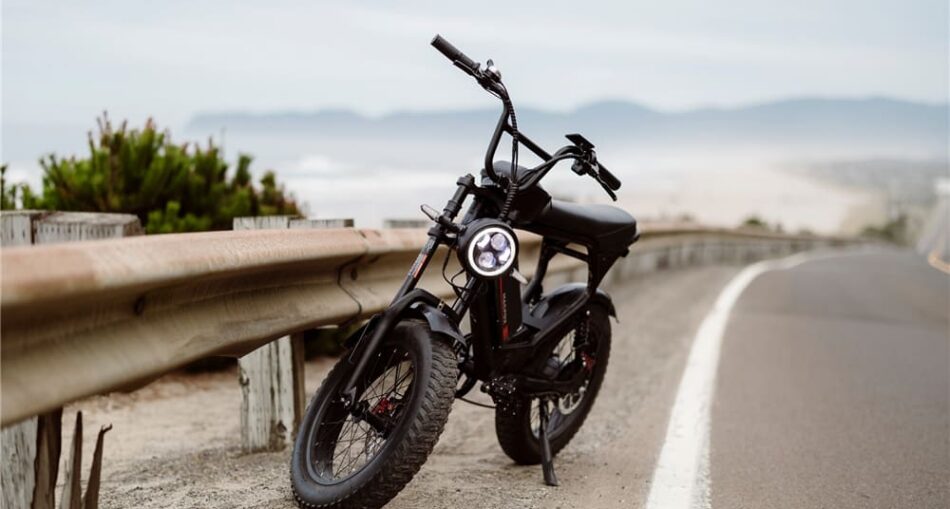Electric mountain biking (e-MTB) has witnessed a remarkable surge in popularity in recent years, revolutionizing the way people experience off-road cycling. Combining the thrill of traditional mountain biking with the assistance of electric motors, e-MTBs have opened up new possibilities for riders of all skill levels. Let’s delve into this exciting phenomenon, exploring the trails, gear, and essential tips for electric mountain bike enthusiasts.
Introduction to Electric Mountain Biking
What is electric mountain biking?
Electric mountain biking involves using specially designed bicycles equipped with electric motors to assist riders in propelling themselves across challenging off-road terrain. These bikes feature varying levels of pedal assistance, allowing riders to conquer inclines and cover longer distances with less physical exertion.
Why has it become popular?
The popularity of electric mountain biking can be attributed to its ability to make the sport more accessible to a wider audience. Whether it’s enabling seasoned riders to tackle more demanding trails or encouraging newcomers to explore the great outdoors, e-MTBs have garnered attention for their versatility and inclusivity.
Advantages of Electric Mountain Biking
Accessibility to more riders
Electric mountain bikes level the playing field, enabling riders of different ages and fitness levels to enjoy the thrill of off-road cycling together. The electric assist feature helps bridge the gap between experienced riders and beginners, fostering a sense of camaraderie on the trails.
Extended range and exploration opportunities
With the assistance of electric motors, riders can cover greater distances and explore remote areas that might have been inaccessible on traditional mountain bikes. E-MTBs open up a world of adventure, allowing cyclists to embark on epic journeys through rugged terrain without worrying about running out of steam.
Reduced physical strain
One of the most significant advantages of electric mountain biking is the reduced physical strain on riders, particularly during climbs and long rides. The electric assist feature provides a welcome boost when tackling steep ascents, allowing riders to conserve energy and enjoy the ride without feeling exhausted.
Choosing the Right Electric Mountain Bike
Selecting the best electric mountain bike requires careful consideration of various factors, including terrain, riding style, and personal preferences. Here are some key considerations to keep in mind:
Considerations for selecting the best electric mountain bike
- Terrain: Determine the type of terrain you’ll be riding on most frequently, whether it’s rocky trails, technical descents, or smooth singletrack.
- Motor system: Evaluate different motor systems available, considering factors such as power output, efficiency, and integration with the bike’s frame.
- Battery capacity: Assess the battery capacity and range of each e-MTB model to ensure it meets your riding needs and preferences.
- Frame geometry: Pay attention to the frame geometry and suspension design, as these factors can significantly impact the bike’s handling and performance on the trails.
- Price and budget: Set a realistic budget for your electric mountain bike purchase, considering factors such as features, components, and brand reputation.
Different types of e-MTBs available in the market
- Hardtail e-MTBs: These bikes feature front suspension only, making them well-suited for cross-country riding and less technical trails.
- Full-suspension e-MTBs: Equipped with both front and rear suspension, full-suspension e-MTBs offer improved comfort and control on rough terrain and aggressive descents.
- Fat tire e-MTBs: Designed with oversized tires for enhanced traction and stability, fat tire e-MTBs excel in challenging conditions such as snow, sand, and mud.
- Trail e-MTBs: Versatile and capable on a variety of terrain, trail e-MTBs strike a balance between agility and stability, making them suitable for all-around riding.







